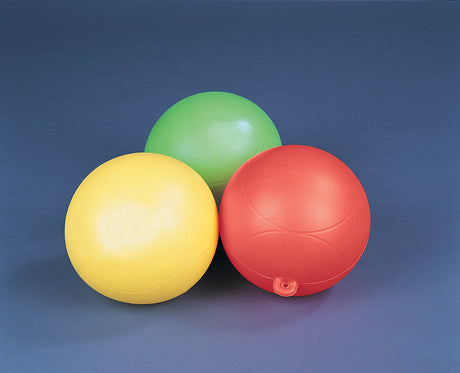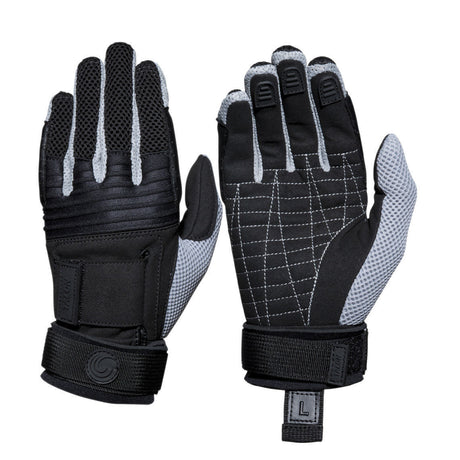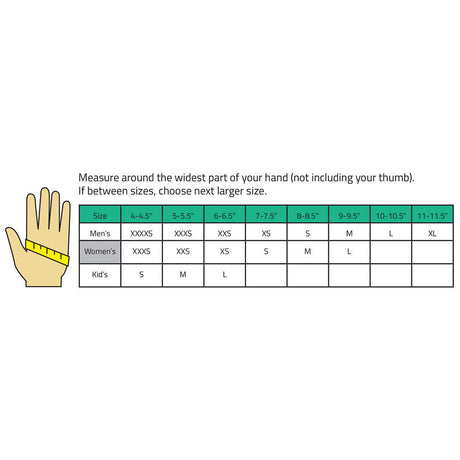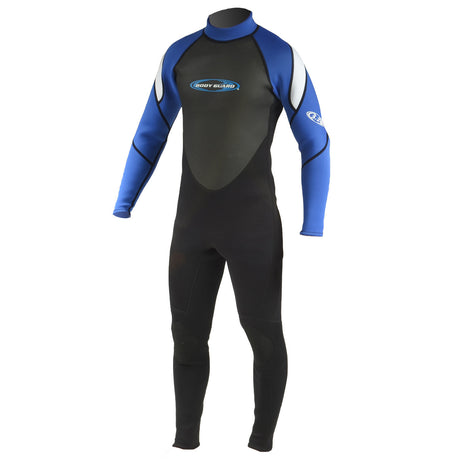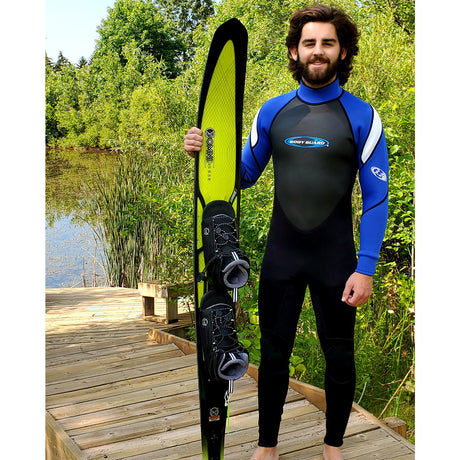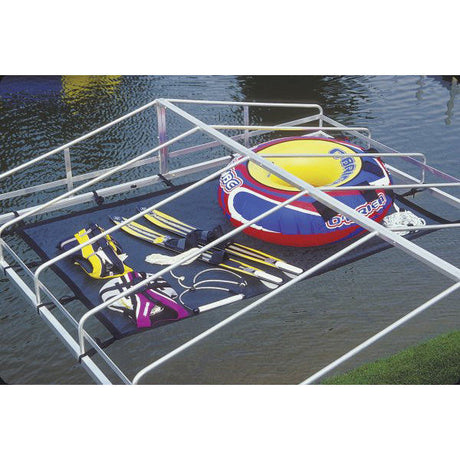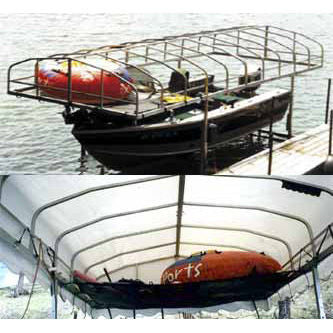You've likely seen loads of boaters, water skiers, tube riders, and wakeboarders wearing one of two types of safety gear: A life jacket, or a competition vest.
What's the difference? Let's talk about it.
What is a Life Jacket?
 A life jacket is a type of personal flotation device (PFD) that's designed to keep a person afloat in the water to prevent drowning. There are five types of PFDs (which we cover more in this other guide):
A life jacket is a type of personal flotation device (PFD) that's designed to keep a person afloat in the water to prevent drowning. There are five types of PFDs (which we cover more in this other guide):
- Type I: Off-Shore Life Jacket
- Type II: Near-Shore Buoyancy Vest
- Type III: Flotation Aid
- Type IV: Throwable Aid
- Type V: Special Use
The common life jacket is a Type III flotation device. Type III devices provide a moderate amount of buoyancy, but they won't turn an unconscious person heads-up in the water to prevent drowning. So, they should only be worn in calm waters where a swift rescue is likely.
What is a Competition Vest?
A comp vest is also a Type III device. Like a life jacket, it's designed to provide some buoyancy, but it's not meant to be a life-saving device. It won't protect an unconscious person from drowning.
"Well if both devices are type III, then what's the difference?"
The key difference between a life jacket and competition vest isn't in their type, but in their safety certification -- or lack thereof.
CGA vs. Non-CGA Vests
 Pictured: Hyperlite Prime Life Jacket (left), Liquid Force Core Non-CGA Vest (right)
Pictured: Hyperlite Prime Life Jacket (left), Liquid Force Core Non-CGA Vest (right)
Because of this safety certification, provided by the U.S. Coast Guard, you'll often see life jackets and comp vests referred to as "CGA vests" or "non-CGA vests".
For a life jacket to receive USCG certification, it needs to pass some tests ("UL 12402-5") through an independent laboratory. The testing standards require that a CGA life jacket:
- Meet Level 70 classification by providing at least 15.5 pounds of buoyant force;
- Adhere to certain specifications for materials, fitment, stitching, fastening, and sealing of foam or inflatable chambers;
- Pass in-water buoyancy tests, to include a "Turning Performance Assessment" (though level 70 PFDs are not required to fully self-right an unconscious wearer), and;
- Have an attached label displaying its certification and buoyancy level, weight range, and certain safety icons (IE., "not approved for towed sports").

Example of a USCG-Approved life jacket label
Non-CGA vests and competition vests do not need to meet any of these safety certification requirements.
Should You Wear a Life Jacket, or Comp Vest?
 Pictured: Connelly Classic Life Jacket
Pictured: Connelly Classic Life Jacket
CGA-certified life jackets are required to be worn in almost every body of water in the U.S., including lakes, reservoirs, rivers and other public waterways (here's our guide to life jacket laws by state).
But non-CGA competition vests have their place in water sports. And, yes, it's true that some boaters, water skiers, and wakeboarders simply choose to wear a comp vest even in places where they're technically required to wear a life jacket.
Many experienced wakeboarders and skiers wear non-CGA vests at competitions. Sanctioned events and private water parks typically don't require riders wear CGA vests because they severely restrict the rider's movement and ability to perform, and riders are typically supervised and can be rescued quickly if they suffer an injury or lose consciousness in the water.
In some states, you don't need to wear a CGA vest if you're not being towed nor riding in a boat. So, many wakesurfers also choose to wear comp vests instead of life jackets.
We recommend always wearing a CGA-approved life vest when boating or partaking in water sports.
A properly sized CGA vest provides virtually the same range of motion, flexibility, and comfort you get with a competition vest, while providing the necessary buoyancy to ensure you remain safe.
Make sure your child's safe with a proper life vest! Read our Safety & Size Guide for youth life jackets.




